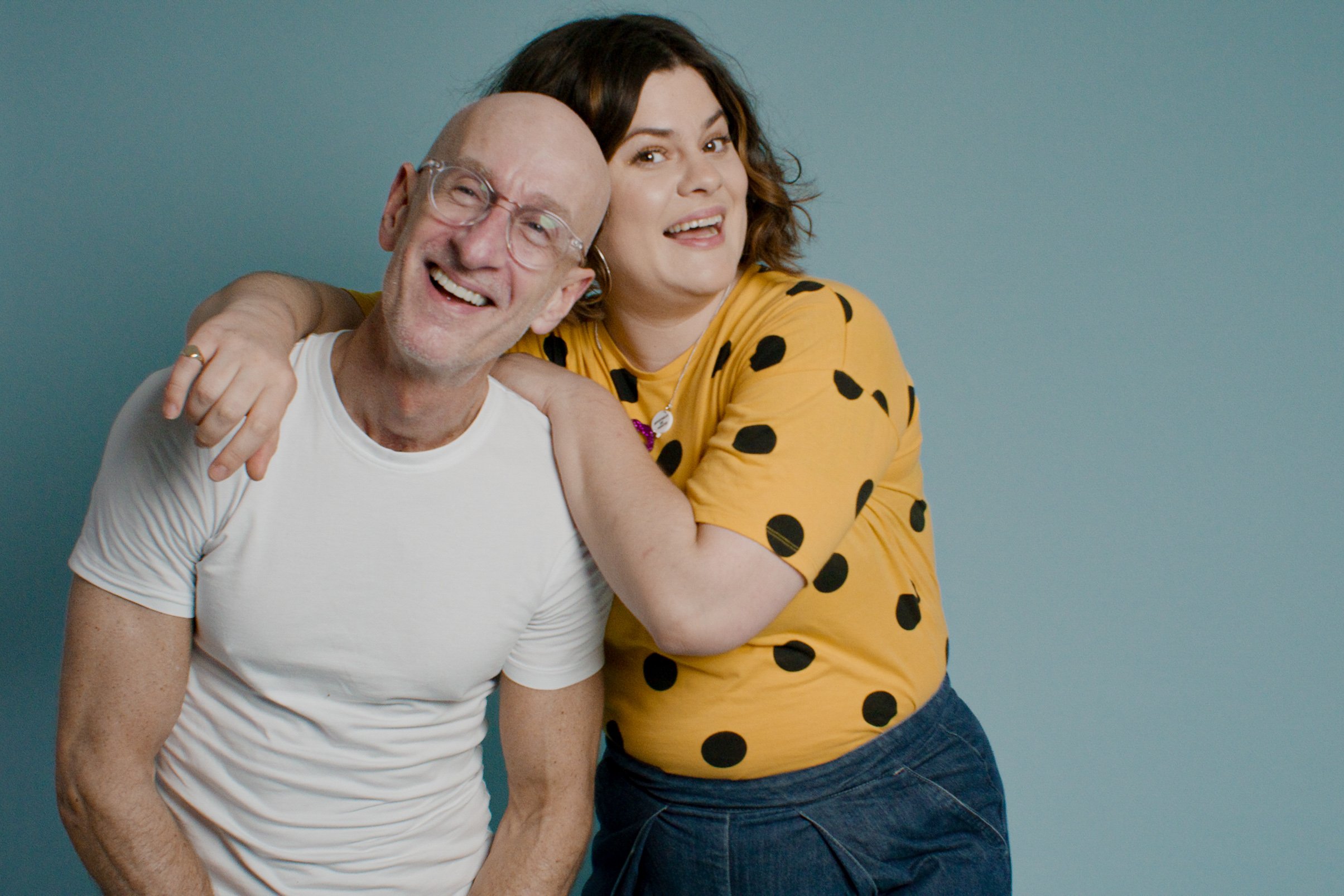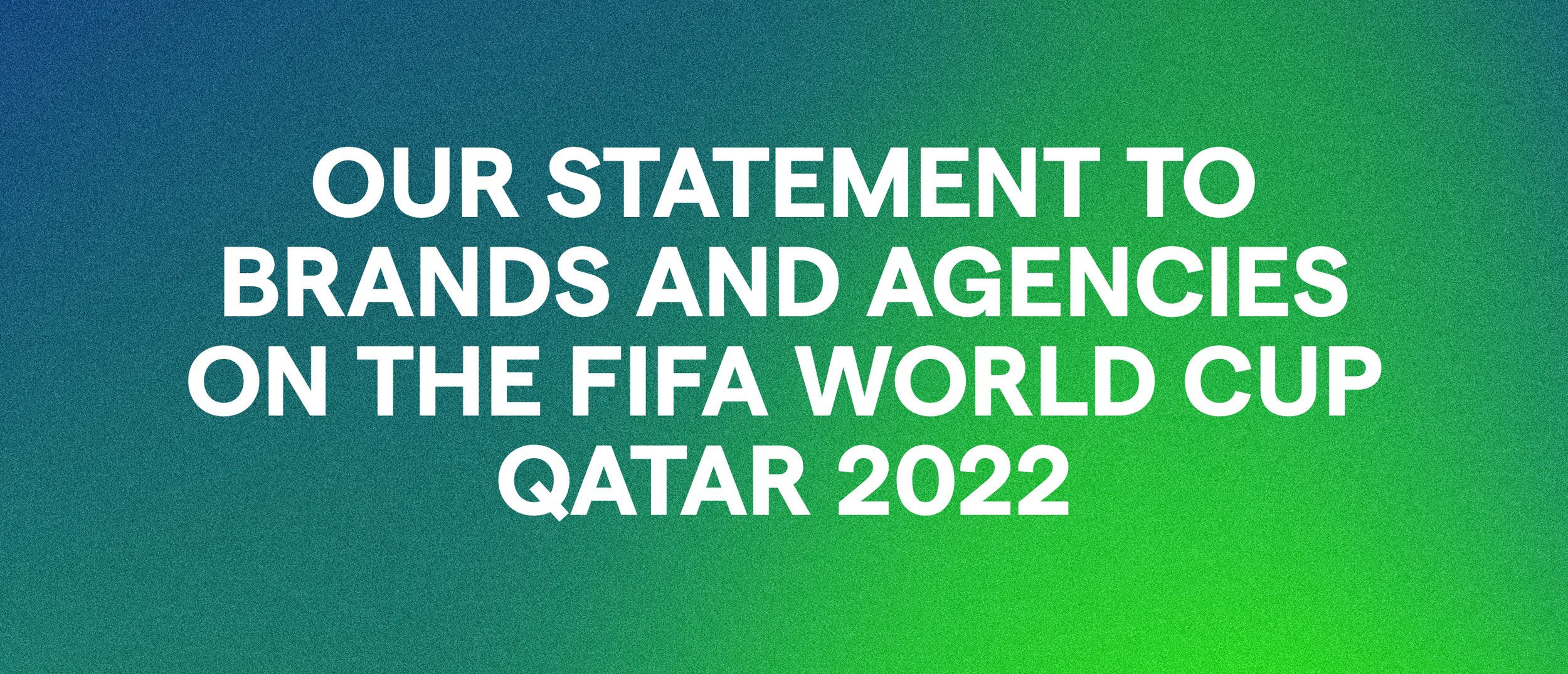A week ago it was my turn to suffer from the latest dreadful cold that’s doing the rounds.
I found myself on vocal rest for two days, unable to utter a word while the new minister for women and equalities used her first parliamentary appearance to attack a queer publication for reporting her transphobic track record.
I wish I could say it was an unfamiliar feeling. Unfortunately, as a trans person working in media, the frustration of feeling silenced in the face of rampant transphobia was one I knew all too well.
Transphobia is on the rise in Britain, and it’s all of our responsibility to curb it.
YouGov statistics released in October report a 56% increase in transgender hate crime this year (4,355 incidents), against a baseline increase of 41% for the wider LGBTQ+ community. A review commissioned by NHS England reported in March that healthcare services for trans youth are unsustainable. It’s getting harder to exist as a trans person in this country.
And recent warning signs out of Westminster herald worse things to come.
The government announced in March its intention to strip its proposed conversion therapy ban of any protections for trans people, leaving gender non-conforming youth vulnerable to the psychological torture practices targeted by the bill.
More recently, our new PM (no, the other one) awarded the women and equalities portfolio to Kemi Badenoch, who used her first tenure as minister for equalities to meet in secret with anti-trans group LGB Alliance. Badenoch has since delayed the gutted conversion therapy ban further still.
The parallel is clear between anti-trans policy and sentiment, and a surge in transphobic media.
The volume of trans-related news has exploded in recent years. The number of articles in 2022 has already surpassed the 2021 total by 1,866, based on data from community database Dysphorum.
Digging deeper, the 14.4% of articles by Pink News in 2022 is trumped by the 15.5% from the Daily Mail and dwarfed entirely by the combined 40% contributed by gender-critical authors from The Times, The Telegraph, The Independent, Spiked, Daily Mirror, The Sun, Daily Express and The Spectator.
Trans-related news is dominated by media organisations with at-best problematic track records of transphobic coverage.
Closer to home in entertainment and content, media giants such as BBC and Netflix have attracted controversy for transphobic content, and unfortunately I’m not just talking about last week’s Drag Race UK elimination.
Trans activists protested outside the BBC in January in response to a trans-critical piece based on debunked data from an anti-trans group.
In October 2021, LGBTQ+ employees at Netflix staged a walkout to protest another transphobic comedy special. Despite positive trans representation this year with Elliot Page in Umbrella Academy and Yasmin Finney in Heartstopper, Netflix continued to distribute new transphobic content with another Ricky Gervais special in May.
Social media is even more vulnerable to transphobic influence, and only looks to become less regulated, with Elon Musk’s acquisition of Twitter already resulting in an immediate spike in hate speech on the platform.
The overall picture is a bleak one, but advertising can help to balance the scales.
Outvertising, the not-for-profit LGBTQIA+ advertising and marketing advocacy group, was established in 2019 to advocate to brands and their partners for improved queer visibility in advertising, because we know media can have a huge impact on social attitudes.
Right now, combatting transphobia needs to take centre stage in these efforts, which is visible already in the creative industry, where my own agency Grey London rebranded to They in March in a call for greater trans representation.
But recent power shifts in ad-supported media pose a new opportunity for advertising to exert influence over transphobic media institutions. Even Netflix, longtime pioneer of the ad-free subscription model, is introducing an ad-supported service to supplement declining subscriber revenue.
Media buyers have a long history of influencing brand safety measures on their clients’ behalf. Already in the wake of Musk’s Twitter takeover, IPG is advising its client brands to pull spend from the platform until measures are introduced to combat the rise in hate speech.
Everyone working in our industry has heard the mantra “it’s only advertising” in the midst of a stressful campaign, but advertising has demonstrated time and again the power to hold unregulated media institutions to account.
If advertising has the power to influence media, we owe it to vulnerable communities to use that power for good.
I got my voice back last week, just in time to scream about the PM’s reported intention to remove trans legal protections from the Equality Act. But I can shout a lot louder with a little help from my friends:
Statement from Marty Davies, co-director of advocacy and activism at Outvertising, the not-for-profit LGBTQIA+ advertising and marketing advocacy group:
“If you’re a media agency, are you making sure your media plans do not contribute to the problem? Do they match your client’s LGBTQ+ inclusive values? As a brand owner, are your LGBTQ+ inclusive values evidenced in your conversations with your media agency? Are you inadvertently funding content that is causing harm towards a community you support?
"If you’re in a position to influence communications or media spend for brands, and have or want ideas to combat transphobia in the media, we at Outvertising want to talk with you.”
Jax Kenrick (they/them) is an Outvertising volunteer, and account director and DE&I lead at Grey London, where the They London initiative was launched in March for greater trans representation in media.
Transgender Awareness Week runs from 13-19 November.
If you are trans, gender non-conforming, intersex, or questioning your gender identity, and in need of support, please make use of the resources available below.
Mermaids - support for trans, non-binary and gender non-conforming young people
Galop - support for LGBTQ+ people who are experiencing abuse or violence
Outvertising - UK’s organisation for LGBTQ+ in advertising and marketing





